Blog /
Learnings from the Women in Business Summit Series
Learnings from the Women in Business Summit Series
Over the past three decades, Canada has made some positive strides in advancing gender equality in the economy. According to the Canadian Chamber’s Business Data Lab report, overall employment of women in Canada has almost reached parity.

Over the past three decades, Canada has made some positive strides in advancing gender equality in the economy. According to the Canadian Chamber’s Business Data Lab report, overall employment of women in Canada has almost reached parity.
However, while workforce participation is up, women still earn less than men and are still underrepresented in high-growth, high-impact sectors as well as in management positions. Thus, there remains a pressing need to advance women’s roles in leadership and close compensation gaps.
The 2024 Women in Business Summit Series, held during Canada’s Gender Equality Week, addressed this need with three empowering 90-minute sessions designed to help attendees make progress on accelerating gender equality.
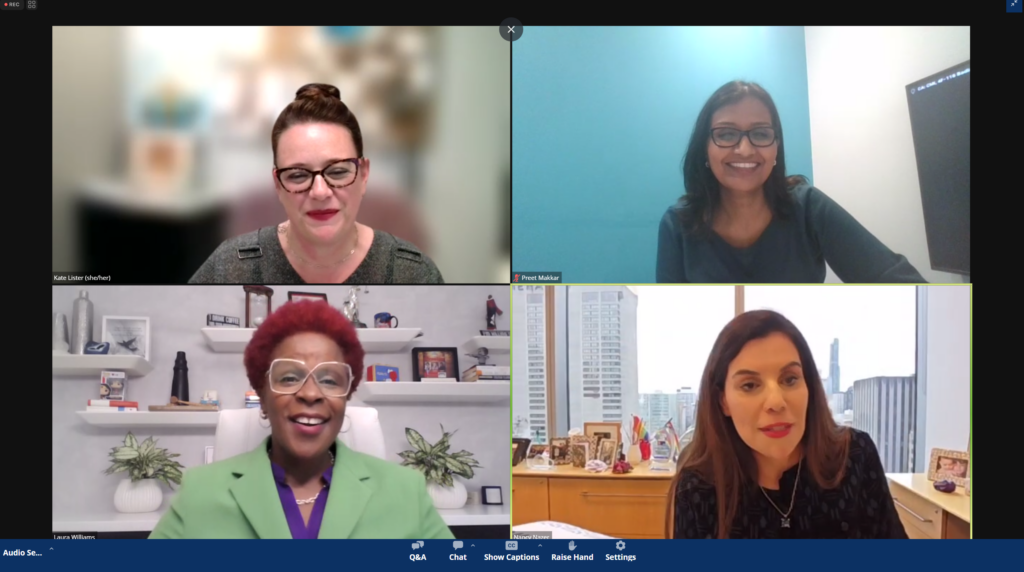

Session 1: Creating an Inclusive Culture
This session, led by Laura Williams, Founder and Managing Partner of Williams HR Law LLP and President & CEO of Williams HR Consulting Inc, addressed the increasing backlash against Equity, Diversity and Inclusion (EDI) and how organizations can effectively manage resistance in their organizations.
Panel discussion:
- Kate Lister, Senior, AVP, Employee Experience and Culture, CWB
- Nancy Nazer, Chief Human Resources Officer, OMERS
- Preet Makkar, Head of HR, Haleon Canada
“EDI isn’t a journey, it’s an odyssey.” – Laura Williams
The Era of EDI backlash
Despite all the published data that proves the business benefits of EDI — it promotes attraction and retention, makes organizations more innovative, employees are more fulfilled — resistance to this work has recently intensified. This resistance is not exclusively created or caused by external factors but is often a result of missteps many organizations make when approaching and implementing their strategies.
EDI Resistance
Resistance is the main contributor to EDI backlash and there are four common manifestations of it:
- Merit – everyone can progress through hard work.
- Objectivity – we should be focusing on all groups.
- The idea of reverse discrimination – addressing inequity creates discrimination against me.
- Withdrawal – I don’t want to say the wrong thing, so I won’t say anything at all.
EDI resistance is often rooted in the scarcity mindset (there won’t be enough to go around); whereas EDI is rooted in the abundance mindset (there can be more for everyone).
How to Course Correct EDI Resistance
Resistance is not necessarily a bad thing as it can lead to greater understanding of what is not working about the organization’s current strategy and then the development of effective solutions, for which, education and data are key tools. Other strategies include:
- Revisit the EDI vision or goals for the organization
- Restate the case for EDI focusing on opportunities
- Pre-empt scarcity mindset
- Clearly communicate path forward
- Develop a resistance management plan
- Anticipate and understand scope and sources of resistance
- Conduct a resistance analysis – what have you encountered and where is it coming from?
- Develop resistance mitigation strategies – what can you do to pre-empt? Is resistance localized or across the organization?
- Determine roles and responsibilities
- Monitor resistance and consistently address
- Cultivate a culture of grace
Cultivating a culture of grace
Resistance is all but inevitable given human nature, which is why grace is important. Grace understands that people move at their own pace. However, grace shouldn’t sacrifice the plan or the momentum. It’s important to focus on the common goal or shared objective of the team when there is disagreement.
Tips for Advancing EDI strategies
- Tackle it as a system — focusing on one element to the determinant of others won’t bring success.
- Let your employees drive.
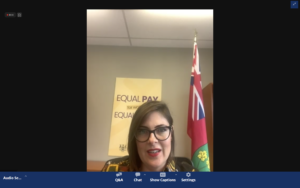
Session 2: Closing the Gender Pay Gap
This session, led by Kadie Philp, Commissioner & Chief Administrative Officer at the Ontario Pay Equity Commission, explored how the gender pay gap developed and the factors contributing to its continuation, as well as actions businesses can take to achieve pay equity in their organizations.
Panel discussion:
- Sévrine Labelle, Managing Director, Thrive Lab, BDC
- Sonia Brown, Head of HR, Johnson and Johnson, MedTech, Johnson & Johnson
- Molara Awosedo, Director, Diversity, Equity and Inclusion, Toronto Pearson Airport
The gender pay gap is holding our economy back — by closing our gender pay gap we could increase Canada’s GDP by an average of 35%.


What Is Pay Equity?
Overtime, we have ascribed different levels of value to different levels of work. Pay Equity is equal pay for work of equal value. The Pay Equity Act requires employers to pay jobs mostly held by women at least the same as those jobs mostly held by men if they are of equal value. The value of jobs is based on the level of skill, effort, responsibility and working conditions involved in doing the work.
Why Is It So Hard to Close the Wage Gap?
- Gaps in employment due to family care responsibilities (also applies in same-sex couples).
- Devaluation of female dominated jobs (stereotypes of who should do what types of jobs).
- Women are underrepresented in leadership roles (linked to gender inequality more broadly).
- Explicit or implicit gender-based wage discrimination (only recognizing contributions when we think the “right people” are doing them).
In addition to pay gaps, there are also investment and lending gaps. It’s harder for female led businesses to get capital — only 3% of venture capital is invested in women-owned businesses.
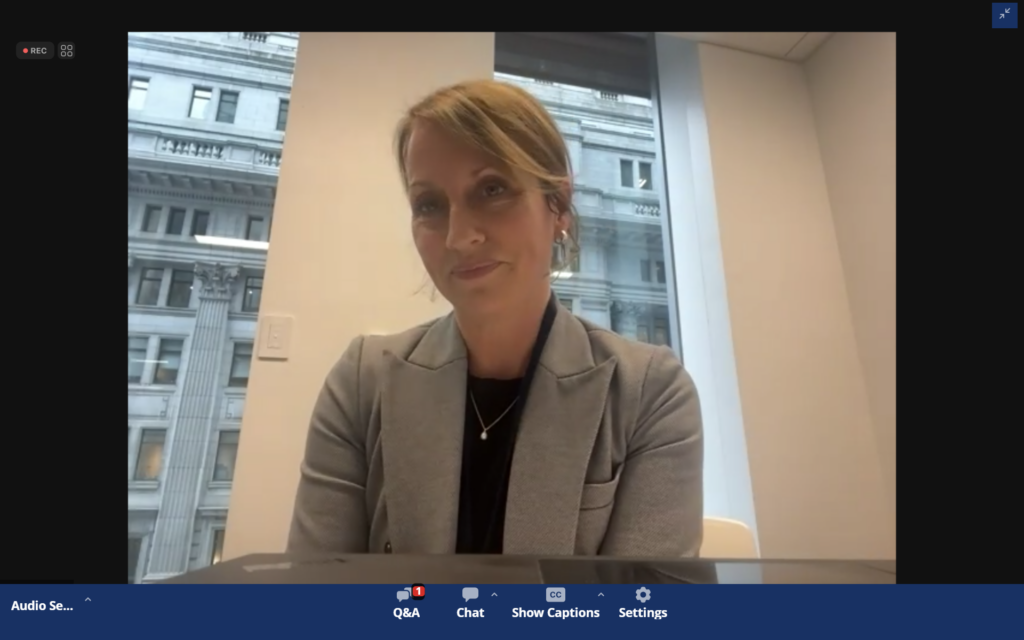
The Business Case for Pay Equity
- Show your corporate values
- Attract and retain top talent
- Higher productivity and profitability
- It’s the law
Pay Equity in Your Workplace
- Prioritize gender diversity — value contributions from different people.
- Foster innovation.
- Use pay equity tools like those available from the Ontario Pay Equity Commission.
- Know your worth — understand market rates as an employer and employee.
The Importance of Role Models
Women need to be able to see themselves reflected in business and job opportunities, including in entrepreneurship, STEM, trades and leadership. Having more women in leadership positions is contagious.
Session 3: Setting Women Up for Success – The Role of Effective Mentorship
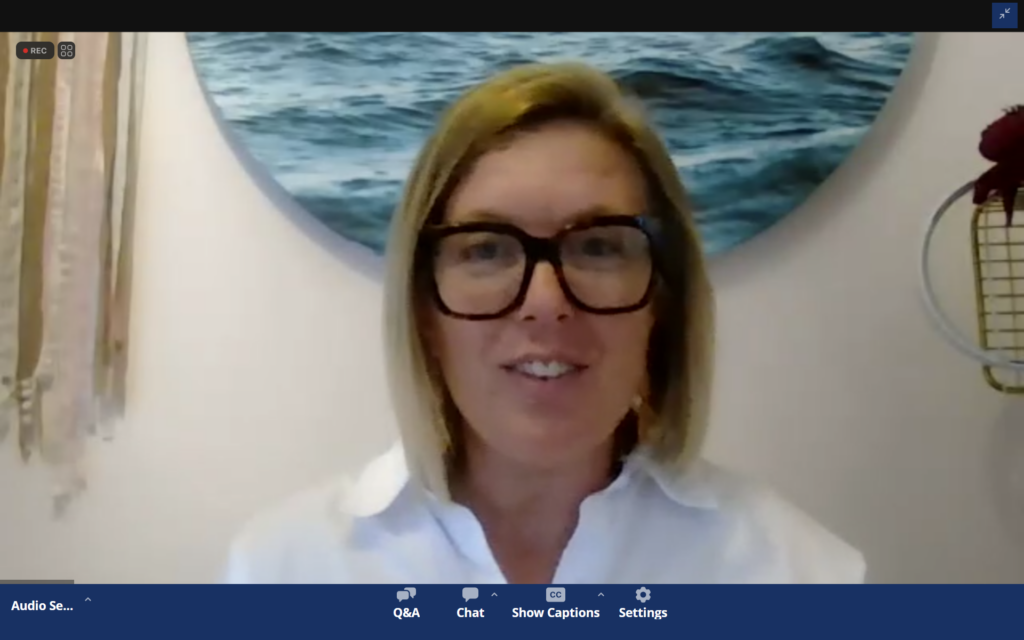
This session, led by Dr. Rumeet Billan, CEO of Women of Influence and Founder of Viewpoint Leadership, discussed the impact of Tall Poppy Syndrome and ageism on women in the workplace as well as the role of mentorship and sponsorship in fostering a sense of belonging.
Panel discussion:
- Rupa Bahri, General Manager, Haleon Canada
- Carolyn Levy, Managing Director and Head of Canada, Randstad Digital
- Sarah Lane, Regional Manager, Women in Enterprise, Commercial banking, TD
- Marwa Abdou, Senior Research Director, Business Data Lab, Canadian Chamber of Commerce (Moderator)
What is Tall Poppy Syndrome?
Tall Poppy Syndrome (TPS) occurs when people are attacked, resented, disliked, criticized or cut down because of their achievements and/or success. According to Dr. Billan’s 2023 global study, 86.8% of women in the workplace experience Tall Poppy Syndrome.
The Personal and Professional Consequences of Tall Poppy Syndrome
The top five ways that women were penalized at work due to their successes and/or achievements:
- Their achievement was downplayed
- Their achievement was dismissed
- They were undermined
- They were left out/ignored
- Others took credit for their work
As a result, women experienced increased stress, lower self-confidence and their mental health was negatively impacted. Most women (75%) were less productive at work and half of respondents even left a role because of TPS. This is of significance to a company because those experiencing TPS are the high achievers and thus are harder and more expensive to replace making talent retention a critical consideration for organizations.
What Can Organizations Do about Tall Poppy Syndrome?
- Begin by raising awareness (name it and talk about it).
- Hold people accountable.
- Set a standard of transparency.
- Adopt zero tolerance.
- Investing in training for all employees and celebrate wins.
The Impact of Ageism on Women in the Workplace
Almost 80% of women have experienced age-based prejudice or discrimination in the workplace. Ageism occurs at all ages and stages — there is no “right age” for a woman to be. Experiences with ageism have caused women to second-guess their capabilities and overcompensate or work harder to prove their value.
Belonging at Work
Belonging is a subjective experience. It’s not enough to just be invited, it’s about what happens afterwards that makes people feel like they are truly accepted and part of the group or organization. Active listening and walking the talk as a leader are important strategies in fostering a culture that creates a sense of belonging.
Thank you to our session leaders, speakers, panellists, moderators and sponsors for your support and for making this special three-day event possible.
To learn more about the Canadian Chamber’s advocacy on gender equality, visit our Inclusive Growth Committee page.
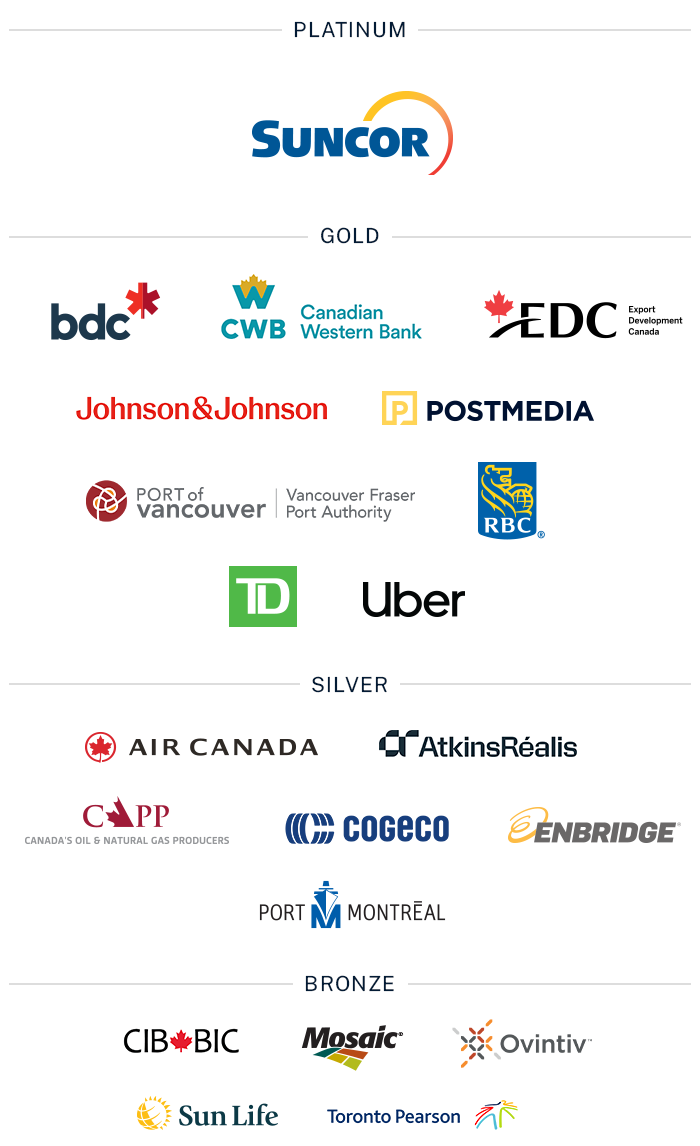
Other Blogs

Policy Matters: Revisiting the 3 Most Popular Topics of the Year

Vaccines: A Potential Key to Unlock Many of Canada’s Healthcare Challenges




